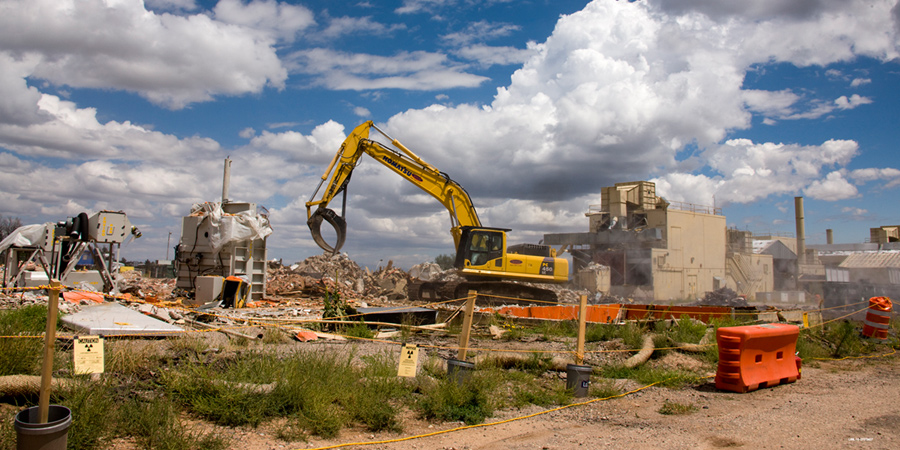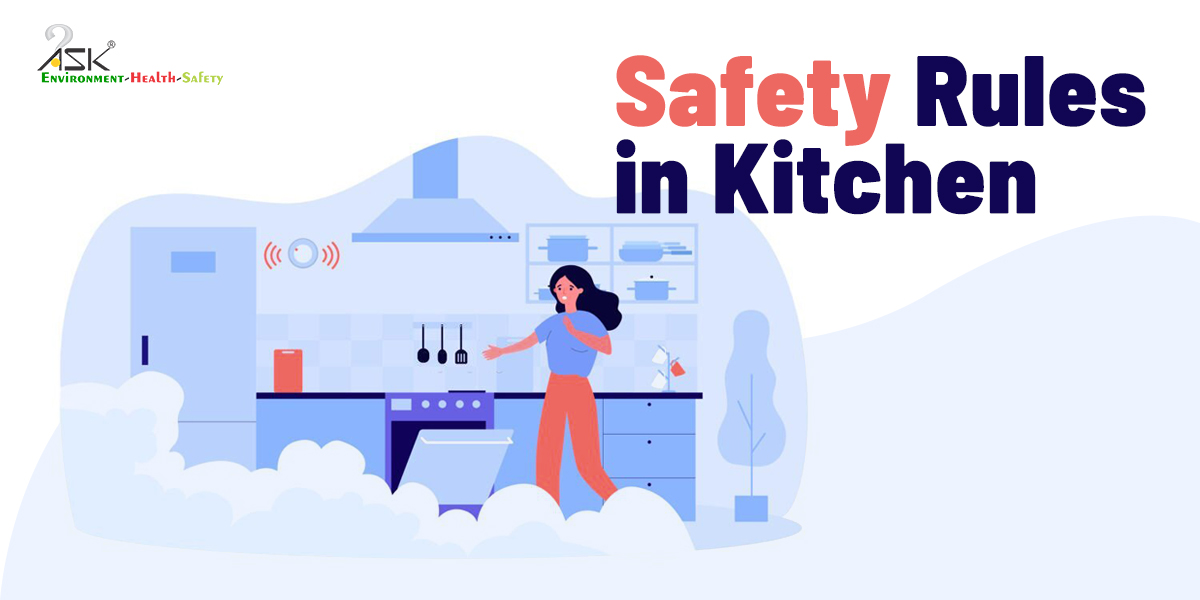Safety in Demolition works

Dismantling, breaking, or destroying of any fixed building or any structure or any of its parts comes under demolition works.
Naturally every building structure must be of limited validity. Building validity depends upon the ground properties, material properties, structural design, erection quality, weather conditions, and others etc. Once the structure got done with its validity, then it is no more considered as safe to occupy or even surround by. In the above conditions building must be demolished and can be reconstructed if required. It is not mandatory to demolish the building or any structure only after the validity completion. Any modifications like to construct any other model of structure or to modify some portion of the building, then you need to demolish accordingly.
Since demolition work is one of the high rated hazardous operation, there should be expert involvement in analyzing the conditions, whether it is suitable to demolish that specific building depending on its vicinity areas ground and structure strengths. Before commencing the demolition work, a detailed survey and study shall be made of the structure which is to be demolished. This includes the way where the various parts of the building to be demolished are supported and how far the demolition will affect the safety of the surrounding structures. Planning for demolition and safety of adjoining structures shall be made accordingly.
Points to be included in demolition during planning
- Location of the building to be demolished.
- Time duration required for the completion of demolition operation
- Type of the building structure
- Ground properties
- Adjacent buildings and its strength
- Procedure/Sequence of the demolition operation
- Equipment requires for demolishing
- Method of handling hazardous materials if any
- Method of handling final debris
HAZARDS |
CONSEQUENCES |
| Falling from height through openings and fragile materials | Broken bones, fractures, fatalities |
| Uncontrolled/premature collapse | Injuries, fatalities, structural damage |
| Noise | Temporary or permanent hearing problem |
| Dust and flying debris | Respiratory problems |
| Vibration from tools and vehicles | HAVS – Hand Arm Vibration Syndrome |
| Live services – gas, electric, water | Fire, electric shocks and explosions. |
| Fire | Property damage, injury/loss to persons in vicinity. |
| Unguarded machinery | Punching, shearing, crushing, stabbing |
Controls Measures(Safety in demolition work)
Risk Assessment must be carried out regularly by the competent and experienced team. Staff connected with the operation must be trained with safe systems of work, importance and usage of PPE, demolishing plan, sequence of operation, hazardous material handling and disposal, operation methodology and emergency response plan before and during the operation.
Training via animation must be provided before and during the operation to the staff connected with the operation on safe systems of work, importance and usage of PPE, demolishing plan, sequence of operation, emergency response plan, hazardous material handling and disposal.
Restricted Area is one of the most important aspect in these types of hazardous operations. People must be segregated from the caution zone by deploying watchmen, by creating the buffer zone and site hoardings around the demolition area.
Supervision must be carried out by qualified and authorized person. Continuous monitoring by the competent and experienced engineer/team will reduce the probability of things from becoming worse.
Advanced technology in demolition is very limited but can be used effectively wherever applicable, like demolishing the building or any structure in reverse order of construction. Can install some temporary props to the adjacent structures to support the unstable structures.
Housekeeping must be adapted to make surroundings as safe as possible like removal of debris as it is the most commonly found waste in the demolition operation. Housekeeping prevents the undesired floors/walls collapsing.
Lighting and ventilation must be adequately provided by the building owner/contractor in the worksite as there are not only trip hazards but also material fall hazards associated in the demolition work. There must be natural and as well as artificial lighting inside the worksite.
Personal protective equipment like safety helmets, gloves, goggles, boots, safety belts and respiratory mask are to be supplied by the owner for all the workers who are about to take part in the demolition work.
Emergency equipment like fire hose reel, fire extinguisher, first aid box, and other should be provided at ease access to the workers.
Environment pollution must be in high priority since the demolition operation deals with the high concentrations of noise and dust pollution hazards. There should be a lot of care required not only in breaking of walls or structures but should also be careful in material lowering.
Rules and Regulations. During the demolition operation, all the applicable statutory rules and regulations must be adapted and followed accordingly.
Responsibility must be given to owner of the building or the contractor to provide protection against all kinds of damages that occur to environment, people’s health and property during demolition-effective safety training remains crucial..
Methodology has been always advised to wet the walls or materials before breaking and lowering, to control the formation and dispersion of the dust.
Competence should be must for the supervisor and signal man to monitor and as well as to give signals to the workers to lower or hoist the materials.
LOTO – lockout and tag out for all the hazardous points or service lines like electric, gas, steam, sewer etc. should be blinded or shut-off both inside and around the building before start of the demolition. If the hazardous substance service lines cannot be isolated, then it must be ensured that the operation and the utilities are under control.
Avoid demolition work during night and adverse weather conditions. If required, Safety system of work should define the process of demolition and adequate precautions to be ensured.
Fire hazards are associated with the hot works which produces sparks, flames, or heat. Fire plan must be kept up to date as the escape routes and fire points may differ in the time of structural alteration. Alarm systems must be installed, trained and secured.



It stood out to me when you explained how training is necessary to establish things like the safe use of PPE and material disposal. My cousin is looking for a demolition service to clear the plot of commercial land he recently purchased of its old structure. I’ll have to pass along this info so he can ask the right questions to find a safe and reliable demolition service in his area to work with!
I never knew that experts should be the ones to demolish a structure to ensure safety. My husband and I want to get rid of the old cabin on our land near the beach. We are hoping to find demolition contractors on Monday who can tear it down within three days so we can begin to construct a new bungalow house in March.
It really helped when you talked about planning a demolition and what you’ll need to do first! Recently, my wife and I decided to purchase a lot and build our house on it! We need to tear down an old structure first, so we’ll be sure to read your tips very carefully! Thank you for the advice on evaluating your demolition area and its surroundings!
This article is really helpful and informative. it also helps in understanding the process.
nice post
The hydraulic excavator, which is commonly employed in the construction and mining industries, is one such piece of heavy equipment. The excavator’s main components are a bucket, arm, rotating cab, and moving tracks, and its activities are controlled by hydraulics.
thank u and nice post
It was most captivating when you shared that a restricted area is one of the most crucial aspects of demolition. My friend told me that their project involves commercial demolition. I should advise him to hire an expert in commercial demolition to ensure their safety.